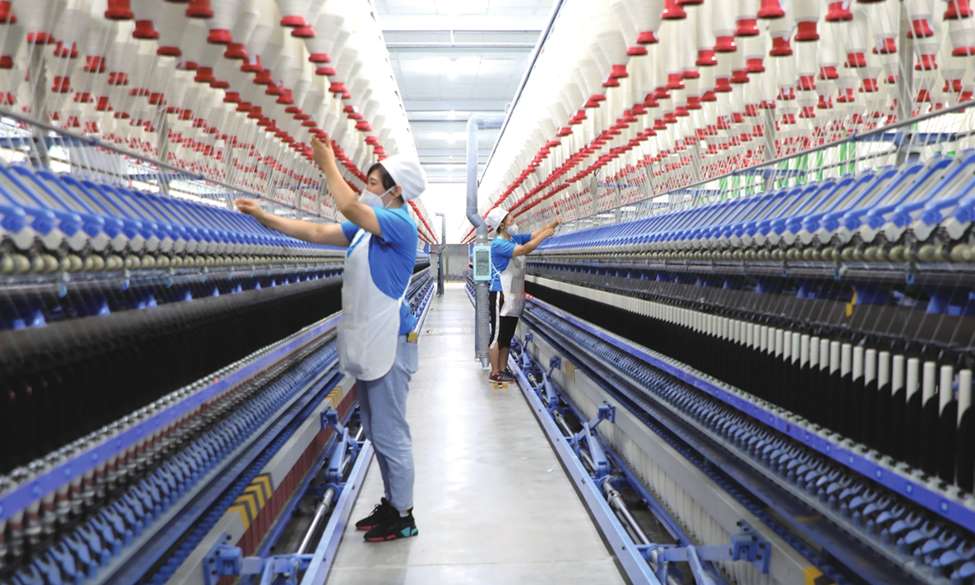
China's textile and apparel industry, a global powerhouse, has woven an intricate network of clusters, propelling its growth and evolution. These specialized hubs, fostered by organizations like the China National Textile and Apparel Council (CNTAC), have become the backbone of the industry's success. The CNTAC has now set up a network of 210 textile clusters, integrating more than 200,000 businesses. This network includes ten clusters that generate an annual industrial output value exceeding $10 billion, and 100 clusters worth more than $1 billion each.
Clusters transforming textile sector
These clusters have played a pivotal role in driving the growth and transformation of China's textile and apparel sector. They have fostered collaboration, innovation, and efficiency, allowing businesses to leverage shared resources, knowledge, and infrastructure. The benefits of clustering are manifold:
Economies of scale: Clustering enables businesses to achieve economies of scale, reducing costs and improving competitiveness. It helps to pool resources, share infrastructure, and benefit from specialized suppliers and services, leading to reduced costs and increased productivity.
Enhanced efficiency: The proximity of suppliers, manufacturers, and service providers within clusters streamlines operations, leading to enhanced efficiency and faster time-to-market.
Innovation and knowledge sharing: Clusters create a fertile ground for innovation and knowledge sharing, facilitating the development and adoption of new technologies and practices.
Industry specialization: Many clusters focus on specific sectors within the textile and apparel industry, fostering specialization and expertise. By working together, businesses in clusters can implement and adhere to higher quality and environmental standards, enhancing the industry's reputation and competitiveness.
Sectoral focus enhances growth
The clustering concept in China's textile industry is rooted in the idea of creating geographically concentrated networks of interconnected businesses. This approach offers several strategic advantages. For one, they enable businesses to compete more effectively in global markets by leveraging collective strengths and addressing common challenges. And promote environmentally responsible practices through resource sharing and the adoption of cleaner technologies. By creating jobs and generating economic activity, clusters contribute to the development of surrounding communities.
China's textile clusters are often developed with a sectoral focus, catering to specific segments of the industry such as spinning, weaving, dyeing, printing, and garment manufacturing. This specialization allows clusters to build expertise and achieve excellence in their chosen fields.
For example, the Shaoxing cluster renowned for textile manufacturing and trade generates an annual output value exceeding $20 billion. It boasts of a complete industrial chain, from yarn production to garment manufacturing and export. Similarly, Shishi Clothing City focuses on the garment industry, with over 10,000 businesses involved in design, production, and sales. It's known for its fast fashion and e-commerce capabilities. The Wujiang silk cluster specializes in silk production and processing, this cluster has become a global leader in high-quality silk fabrics. It is home to numerous silk mills, weaving factories, and design studios.
Overall clusters have played a pivotal role in propelling China's textile and apparel industry to global prominence. By fostering collaboration, innovation, and efficiency, they have enabled businesses to thrive in a competitive global market. As the industry continues to evolve, clusters are poised to remain a key driver of growth and transformation, ensuring China's continued leadership in the global textile landscape.












